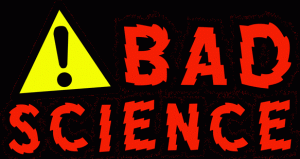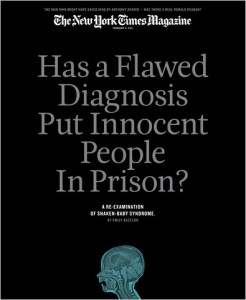Now that the class has finished their interviews and has begun to assemble their footage, depending on how they conducted their interview it’s likely that some surprises may appear in the editing room. I know from personal experience now that it is difficult being a professional cinematographer. Fitting the subject into the frame of the shot just right and following their movement is not as easy as one would think.
But what if you had a camera that could do all this by itself and you merely had to press record? Zdenek Kalal, a PhD student at the University of Surrey in England, has just finished research that could make this a reality. He has developed a real time tracking program that unlike previous visual identification systems learns over time. That is, it can learn what the subject in question looks like at various angles and distances and actually gets more accurate over time. Affectionately named Predator, it promises to be the next generation of visual recognition technology.
The below video from the creator Mr. Kalal himself shows the program in action and provides an excellent introduction to the technology. Incidentally he also provides a fine example of how to effectively present research to the public.

As Mr. Kalal explains, the possible uses for the device go beyond simple facial recognition, although in the context of this class that would certainly be the most welcome. How simple would it be to tell Predator what to focus on, and then let a motorized camera automatically track your subject while you are free to carry out the interview unencumbered. Even in the context of large studio films I would not be surprised to learn that directors are eager to experiment with it. In the realm of science there are also several possibilities. The example noted in the video centres around animal research. The use visual recognition software could revolutionalize the field of wildlife biology. Studies of much larger scale could be completed by using cameras mounted in strategic locations, rather than relying on scientists heading out into the field to do manual observations.
Here is a link to the original press release from the University of Surrey, whose creation process is yet another area of science that we are now familiar with thanks to Science 300.







